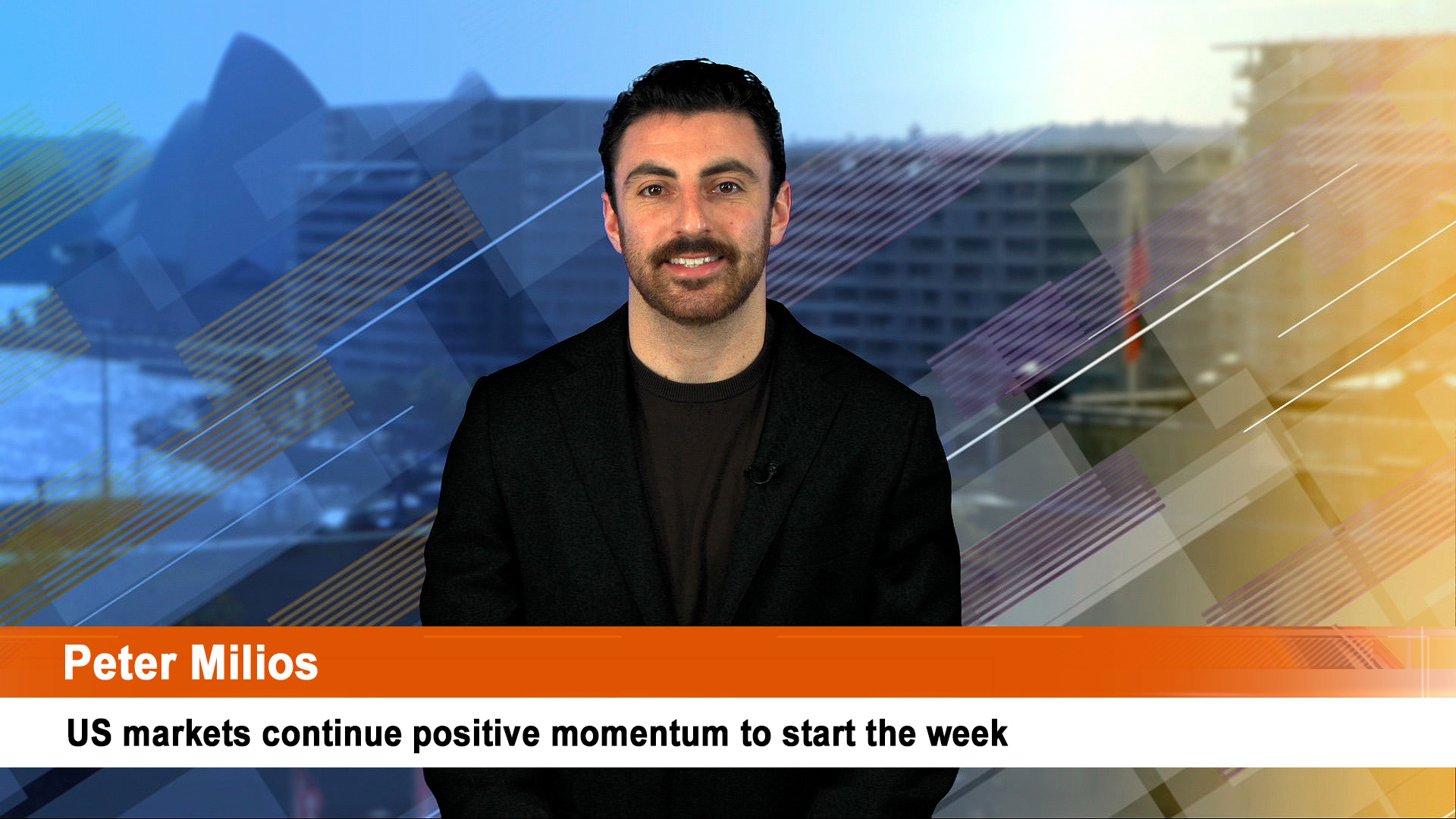Australian shares had better stage an almighty rebound this month otherwise the ASX is on track for a nasty final quarter and loss-making year.
Up to the close on Friday the ASX 200 had shed 9.2% over October (a loss of 6.1%) and November (a loss of 3.1%).
Friday’s surprise fall of a nasty 91.5 point or nearly 1.6% didn’t help confidence and left the market down well over 6.5% for the year to date.
Following a more settled night on Wall Street on Friday, the three-month truce in Donald Trump’s trade war with China and talk of a production cut for OPEC, Russia and other producers, should see the Aussie market making a reasonable start to the first week’s trading in the last month of the year.
While eurozone shares fell 0.2% on Friday, the US S&P 500 rose 0.8% and reflecting that positive US lead the ASX 200 futures market was up 25 points, or 0.4%.
That suggests a positive start to trade on Monday but that will depend on what line emerges from the G20 meeting between President Xi and President Trump over trade.
The AMP’s Chief Economist, Dr. Shane Oliver said in a weekend note that “Weakness in resources, consumer, utility and real estate shares weighed heavily on the Australian share market over the last week offsetting gains in financials, industrials, and telcos.
“Reflecting a more dovish Fed and generally low inflation readings bond yields fell. Commodity prices were mixed with metals and oil up a bit, but iron ore down. The Australian dollar rose.”
The banks ended the month mixed after the last round of the royal commission, big miners weakened as iron ore prices fell 13% and energy shares like Woodside Petroleum-led the market lower for the month as global oil prices slumped more than 20%.
Woodside shares were down 10.9% to $31.06 in November while Santos shares closed 16.9% lower at $5.52, Origin Energy lost 11% to $6.48, Beach Energy fell 13.4% to $1.53.
As bad as it was in oil and gas, Lendlease was the worst-performing ASX 200 stock in November after that shock $350 million write-downs. Its shares plunged 28% to $12.66.
Shares in the Commonwealth (up 4.21% to $71.23) and ANZ (up 4.9% to 26.80) survived the month and the at times tough final two weeks of the commission, but Westpac shares fell 2% to $25.47 and NAB shares lost 2.7% to $24.69.
AMP was the biggest loser among the royal commission targets, losing 9.7% in November to end at $2.43 – that’s AMP’s story for the year.
UK bank (and NAB spin-off) CYBG had a rough end to November. The shares fell 25.8% lower at $3.62 on weaker earnings, outlook and ore losses and provisions to cover more claims in a UK banking industry-wide financial products scandal involving insurance policies that claimed to provide protection against missed repayments. They did nothing of the sort.
Among the miners, BHP shares lost 8.4% in value as iron ore, copper and oil prices fell. the shares ended at $30.69 at the end of the month. Rio Tinto shares fell 6.5% to $73.28.
News of a new $A3.5 billion iron ore mine project in WA didn’t help the miner’s shares last week, nor did BHP’s surprise news of what could turn out to be another huge copper/gold and uranium find in South Australia.
On the plus side, shares in G8 Education rose 36.6% to $2.80 during November after the childcare center operator said it intended to offload up to eight loss-making childcare centers.
Information technology companies rebounded from two months of losses during November. Wisetech Global rose 16.5% to $18.70, Afterpay Touch shares were up 15.5% to $14.42, Altium shares edged up 3.6% to 22.65 and Appen shares leapt 30.6% $13.9o. Xero shares were up a mere 0.3% at $39.88.













